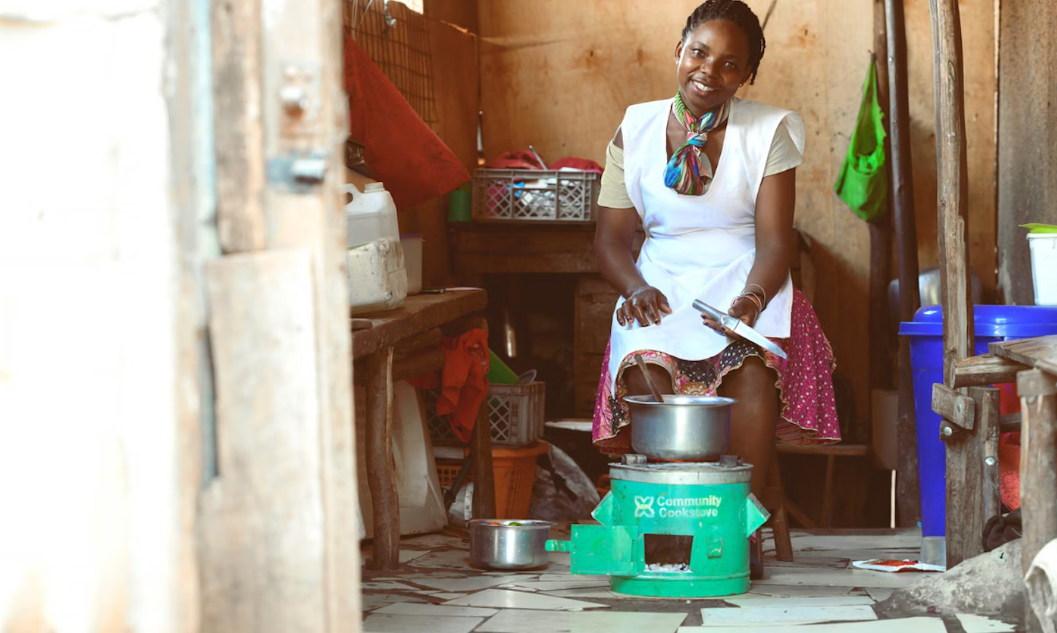
What is carbon monoxide versus dioxide?
Carbon dioxide (CO2) is a natural gas produced when people breathe out, carbon monoxide (CO) is created when there is too little oxygen causing a combustion. Both gases are colourless and difficult to identify; making them a silent killer and difficult to identify. Carbon monoxide is more dangerous and life-threatening than CO2 and requires different safety measures to protect against it. Below, you can find more information about how to protect yourself and others from carbon monoxide poisoning, and what to do if there is a leak.
What to look out for in your surroundings:
Danger signs that your gas or heating appliances are producing carbon monoxide include:
- Soft yellow flames
- Sooty stains or discolouration on or around gas appliances
- Increased levels of condensation in rooms with gas appliances
- Fumes or smoke in the house
- Slower than usual burning of solid fuel fires
Symptoms of carbon monoxide poisoning
- Headaches
- Drowsiness
- Visual problems
- Dry throat
- Nausea
- Vomiting
- Shortness of breath
If someone is seriously ill from poisoning, it’s vital that they leave the room and get fresh air. You should call for medical help on 999 urgently. Make sure that when help arrives you tell them that you suspect carbon monoxide poisoning. This will ensure they get the appropriate treatment quickly.
If you or someone you’re with is feeling ill, visit your doctor urgently. Explain that symptoms may be related to CO poisoning and ask that they test a blood or breath sample.
What to do if you detect possible carbon monoxide
(The carbon monoxide alarm sounds or if you suspect a leak)
- Stop using all appliances, switch them off, and open doors and windows to ventilate the property.
- Evacuate the property immediately – stay calm and avoid raising your heart rate.
- Call the National Gas Emergency Service on 0800 111 999 to report the incident, or the Health and Safety Executive (HSE) Gas Safety Advice Line on 0800 300 363
- Seek immediate medical help – you may not realise you’ve been affected by the carbon monoxide, and going outside into fresh air won’t treat any exposure by itself.
- Don’t go back into the property – wait for advice from the emergency services.
You should always ensure your house and workplace have a CO detector.

Where you can buy a carbon monoxide detector
CO detectors are available online or at DIY stores or retail outlets. When making the purchase, you must ensure it meets European safety standards so that you know it’ll work safely and correctly in your home.
Look for alarms marked with the ‘EN50291’ standard. This may be written as BSEN 50291 or EN50291 and with the ‘CE’ mark, which can usually be found on the packaging and product. Your alarm will also have either a Kitemark or Loss Prevention Certification Board (LPCB) logo to show independent testing and certification.
Where to put your CO detector
When fitting your alarm, you should always follow the instructions that come with it. Where you put the alarm is important, so here are some tips for where to position it.
- Alarms can be placed in rooms with fuel burning appliances (e.g. the room in or near where your boiler is kept).
- Place the alarm at head height. This means it’ll be at your breathing level. You don’t have to fix the alarm to the wall to do this. It can be placed on a table or shelf.
- If you have a portable battery alarm, you can place it in the room you spend most time in or move it from room to room.
- Don’t place your alarm in a cupboard, behind furniture or near ventilation areas (e.g. extraction fans).
- Keep your carbon monoxide alarm at least one metre away from fires, boilers, cookers, or heaters.
- Avoid placing your carbon monoxide alarm in areas near high condensation and steam (e.g. kettles, cooker tops, showers).
How to maintain your CO detector
Always make sure to regularly test your carbon monoxide alarm, which you can do by using the test button. Check the instructions to see where the button is and how it works on your particular alarm. When the low battery signal sounds, you must either replace the batteries or buy a new carbon monoxide detector. To find out which, you can read the instruction manual that came with your detector.
Remember that your carbon monoxide alarm must never be used in place of annual safety checks. Contact a Gas Safe registered engineer every 12 months to ensure your appliances work correctly, remain in warranty and are safe to use.
Who to contact in a carbon monoxide emergency
- Call the National Gas Emergency Service on 0800 111 999 to report the incident
- Call the Health and Safety Executive (HSE) Gas Safety Advice Line on 0800 300 363
- Call 999 in a life-threatening emergency
- Call the NHS on 111 for medical advice or check your symptoms on 111 online



